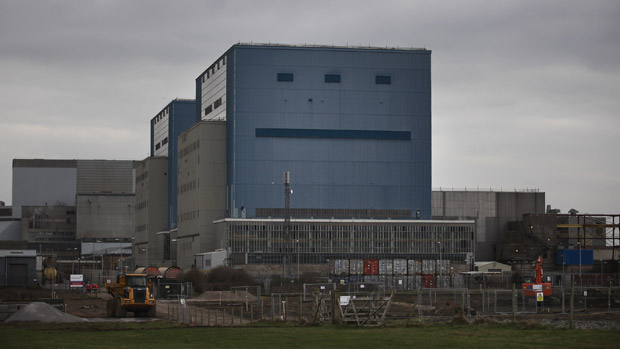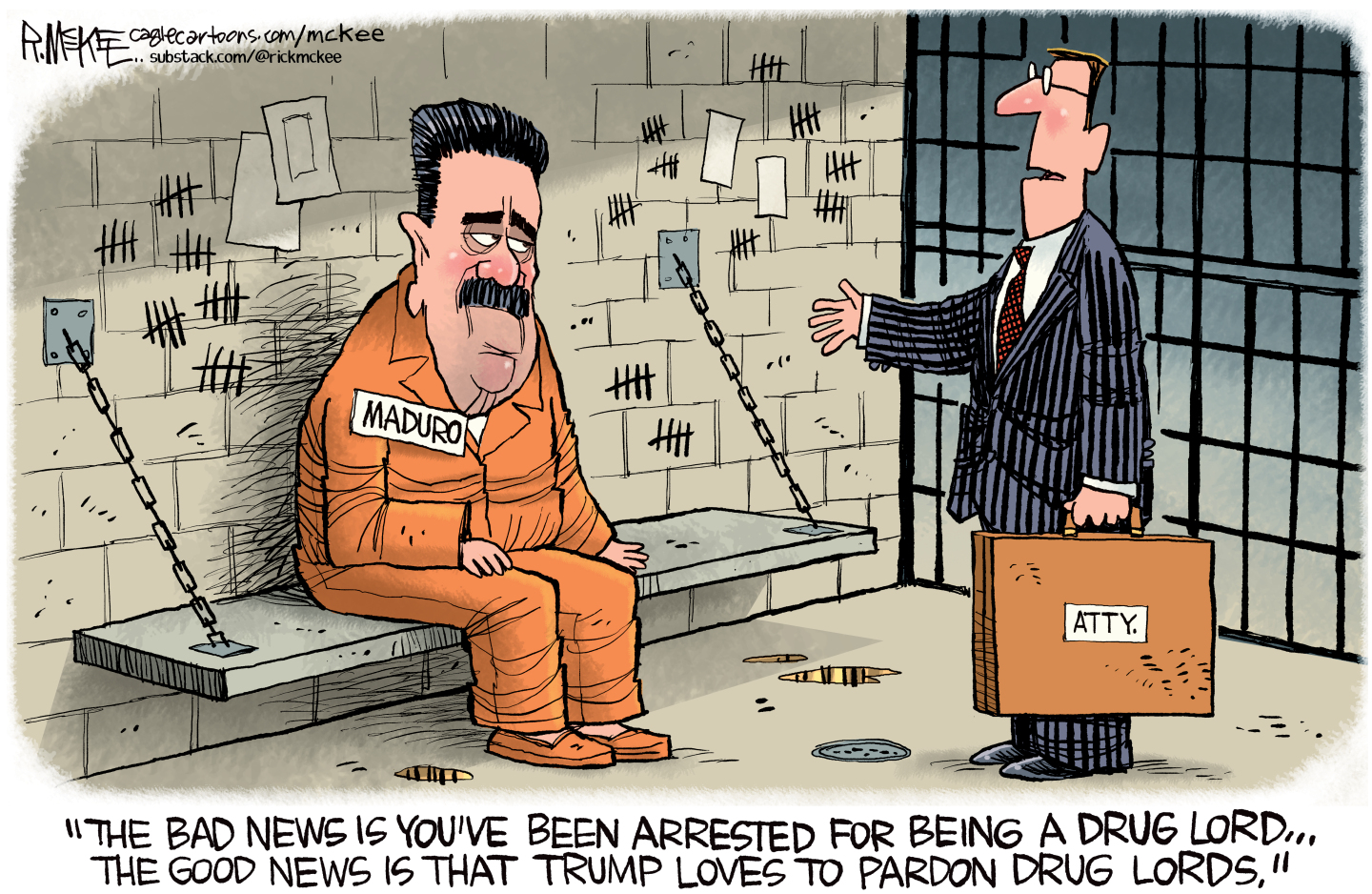Nuclear and the politics of energy security
Most of the EU’s nuclear fuel needs are met, directly or indirectly, by Russia

Nuclear appears to be back in vogue. Here at home, after a protracted debate, work is about to start on a new fleet of nuclear plants that could in the future provide as much as 35 per cent of the UK’s electricity.
Huge construction programmes are already going on in the developing world. China is currently, in some form, planning no fewer than around 200 nuclear power plants, while India is busy going about ensuring 25 per cent of its energy is supplied via nuclear fission by 2050.
Alongside environmental concerns, a key consideration in relation to nuclear is political in nature and to do with energy security. But what do we mean by the term ‘energy security’ – and why is it so important in the nuclear debate?
The Week
Escape your echo chamber. Get the facts behind the news, plus analysis from multiple perspectives.

Sign up for The Week's Free Newsletters
From our morning news briefing to a weekly Good News Newsletter, get the best of The Week delivered directly to your inbox.
From our morning news briefing to a weekly Good News Newsletter, get the best of The Week delivered directly to your inbox.
What is energy security?
In essence, this refers to the ability for a country to power itself – to keep the lights on. It goes beyond this, however, and also relates to how a country keeps its grid powered and the inherent political risks that need to be considered.
For example, if a nation that is, in principle, at loggerheads with the UK has a big role in facilitating the country’s power generation, there is a risk that that supply of energy could become a political bargaining chip in the future.
The risk is there. Russia, for example, accounts for huge volumes of various fuels used extensively for electricity generation, such as gas and coal. In 2014 a New Statesman article pointed out that the UK imports around 40 per cent of its coal for power generation from Russia.
A free daily email with the biggest news stories of the day – and the best features from TheWeek.com
The story for nuclear is similar: countries with unreliable administrations, or poor human rights records, dominate the supply of the uranium used in most nuclear fission. The EU currently imports 60 per cent of its annual requirement of uranium to power its 130 reactors from Kazakhstan, Russia and Niger.
How important is nuclear?
It is already very important – and it is getting more so all the time. Currently the European Commission estimates that 30 per cent of electricity produced in the European Union is accounted for by nuclear.
Most developed countries are targeting 10-20 per cent of their power from nuclear in the next couple of decades, with some going much further. There are currently 65 reactors under construction around the world.
No country has decarbonised without nuclear. It is one of the energy sources that emits the least carbon as a by-product through its entire end-to-end process, so it is a key weapon in the fight against catastrophic climate change.
It has always had its opponents, of course – and debates over safety and the radioactive waste that is generated roll on. But there is a strong feeling that it is going to be a big part of the world finding a way to meet its commitment to cap the global post-industrialisation temperature rise to less than two degrees, as agreed at the Paris UN Climate Change Conference in September, 2015.
What about renewables?
Renewable energy is definitely a key area of focus; and as it relies only on the wind, sun or waves that are freely available, it is carbon-free and addresses the energy supply question directly.
There are still problems with renewables – mostly related to the intermittent nature of the source materials and the inadequacy of much battery storage solutions at the moment. Nuclear, by comparison, is ultra-reliable and very scalable.
But what about those supply concerns?
That is certainly a factor to consider with nuclear. There are large uranium deposits in places like Australia, the US and Canada, but by far the biggest producer in the world is Kazakhstan – and Vladimir Putin’s Russia still has too big a role for many experts, including in processing much of the uranium produced from Kazakhstan.
There is some light at the end of the tunnel in Europe, where currently the only new uranium mine in the world is being constructed, at Salamanca in Spain, by Berkeley Energia.
When it starts producing at the end of 2018, the mine will start working towards a goal to powering 10 per cent of Europe’s nuclear energy needs – and producing enough uranium to power the UK alone for four-and-a-half-years.
Where is new nuclear being built?
According to the World Nuclear Association there are currently 65 plants under construction in 14 countries around the world. A lot of these plants are being built in China, Russia and India, but there are also projects under way in the US, United Arab Emirates, Pakistan, Slovakia, France, Finland, Romania, Brazil, Argentina, South Korea and Taiwan.
In the UK there are three major nuclear projects in the pipeline, with the first, at Hinkley Point in Somerset, now formally approved and due to come online in 2025.
Those UK plants are among 160 reactors that are planned - and there are said to be a further 300 proposed. In addition, existing plants are having capacity expanded in places such as Switzerland, the US, Spain, Finland and Sweden.
At the moment there are 440 nuclear power reactors operating in 32 countries. In 2014 these provided 2,411 billion kilowatt/hours of electricity, or over 11 per cent of the world’s electricity. If all of the plants that are being planned or considered are approved, it is likely that this proportion would increase to around 25 per cent by 2050.

